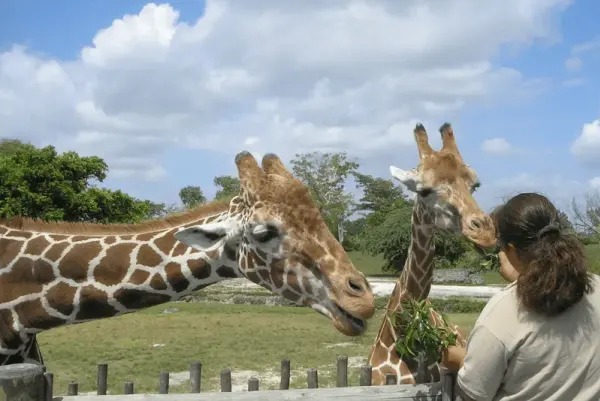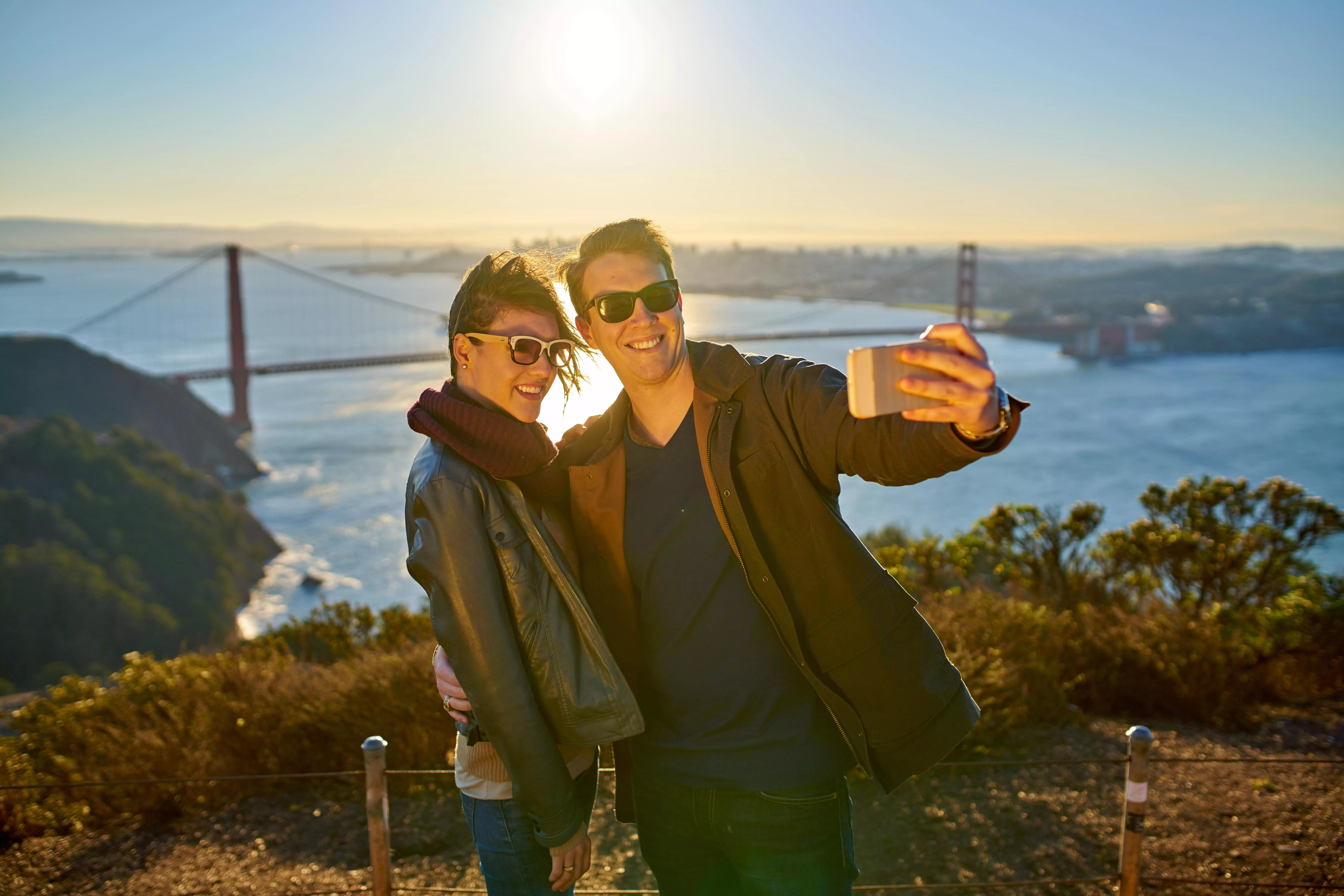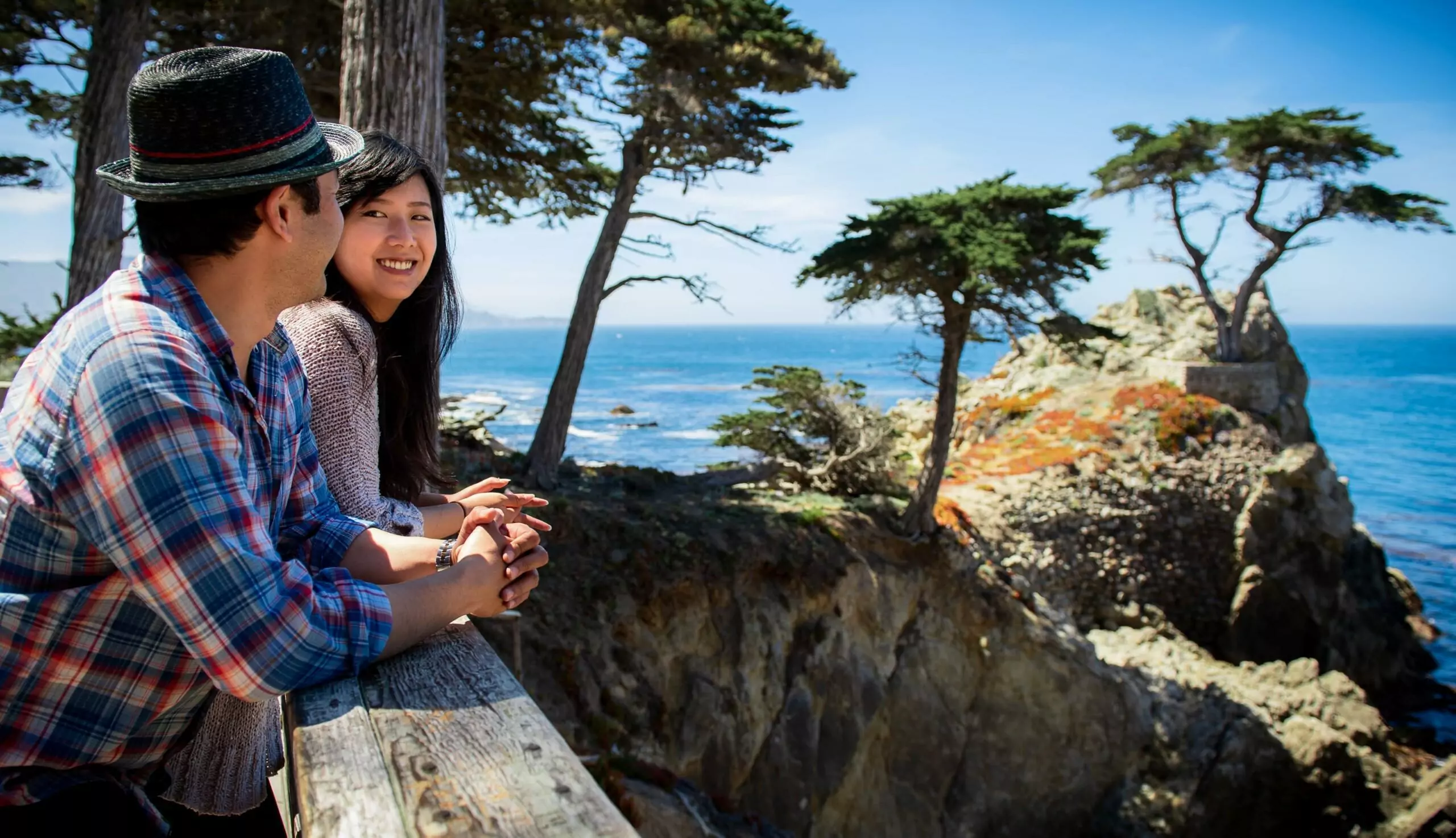San Francisco Zoo

The San Francisco Zoo and its predecessors all began with bears. Sometime prior to 1850 John (aka James or “Grizzly”) Capen Adams, a failure at business, broke and disappointed, left his wife and child in Massachusetts to roam the California wilderness. After failing to strike it rich in the California Gold Rush, Adams finally found success as a bear hunter, supplying meat to a number of San Francisco restaurants. Some claim he was the largest single factor in the extinction of the California grizzly bear.

Morning Guided San Francisco Sightseeing Tour
Most complete and entertaining San Francisco city tour available. Stops to explore Golden Gate Bridge, Palace of Fine Arts, Land’s End, and Twin Peaks.

Monterey and Carmel One Day Tour from San Francisco
This day tour hugs the scenic Pacific Coast, then offers free time to explore the Monterey’s Cannery Row and Old Fisherman’s Wharf. Relax along the 17-mile Drive to Pebble Beach and charming Carmel.
“Grizzly Adams” found a talent for training grizzly bear cubs and eventually raised one as a pet he named Ben Franklin. By 1856 he had managed to capture several other grizzlies and brought them with “Ben” to the basement of his home near Clay and Leidesdorff streets, the first zoo in San Francisco.
In 1889 William Randolph Hearst, publisher of the San Francisco Examiner, was looking for an angle to increase circulation. Hearst suspected the California grizzly bear was already extinct and challenged reporter Allen Kelly to find one and return it alive to San Francisco.
Kelly traveled south of the Tehachapi pass to the San Gabriel Mountains of Los Angeles County where he searched for months in vain. However, in late October he met some Mexicans who claimed to have captured a grizzly in a log trap on Mt. Gleason. They led Kelly to their find, a fully mature, 1600 pound grizzly. Making a hasty purchase and with no lack of adventure Allen was able to bring the bear to San Francisco, arriving in November.
Prior to Kelly’s San Francisco arrival he notified a delighted Hearst, who promptly named the bear “Monarch”. It seemed especially apt since the Examiner’s masthead declared it the “Monarch of the Dailies”. Right away Hearst thought Monarch would make an impressive addition to the meager menagerie at Golden Gate Park but the superintendent took a pass. So with screaming headlines, Hearst announced the capture of the “Last Grizzly in California!” and as a result 20,000 people met Monarch’s train at the Townsend street depot before he joined the other performing bears at Woodward Gardens in San Francisco’s Mission District, the second zoo at San Francisco.
In 1894 the California Midwinter Fair was held in what is now known as the Music Concourse in Golden Gate Park. San Francisco native, Herbert Fleishhacker, only 22 years old and wealthy, was President of the San Francisco Parks Commission. He knew he needed a big draw for the fair.
By the late 1880s the novelty had been wearing thin at the deteriorating Woodward Gardens. In 1890 the widow Woodward shut down the gardens and began to auction off the exhibits. Adolph Sutro bought hundreds of taxidermy specimens that decorated his new Sutro Bathhouse at Lands End until it was destroyed by fire in 1966. Fleishhacker then bought Monarch and the giant grizzly was finally allowed to move into a specially constructed cage in the center of the Fair’s midway next to a bull moose. The moose proved too tempting a morsel for the 1600 pound grizzly and Monarch almost escaped in pursuit of a substantial meal. Fleishhacker had the cage reinforced for the duration.
By the time the fair was over Fleishhacker had an idea. Why not build Monarch a new more permanent home and expand Golden Gate Park’s meager menagerie? Fleishhacker commissioned famed San Francisco architect Willis Polk to create Monarch Bear Grove, a special enclosure on Monarch Bear Hill. It was completed in 1902 and the ursine celebrity thrived in his new home.
Monarch survived the Great 1906 Earthquake and Fire and became a much loved symbol of the resilience of San Franciscans and The City itself. By 1911 after more than 20 years in captivity, arthritis and old age had finally taken its toll. Monarch’s mammoth remains were stuffed and mounted. When California Governor Hiram Johnson ordered a new state flag that same year the now immortal Monarch became the model for the current symbol of the California Republic.
The enclosure on Monarch Bear Hill was torn down in the early 1920s yet the hill and grove remain in the eastern portion of Golden Gate Park near the Aids Memorial Grove. Monarch Bear Grove is now the site of Pagan and Druid sacred ceremonies. Still stuffed and mounted, Monarch’s visage may be found today somewhere in the California Academy of Sciences.
Fleishhacker had another idea and began to pitch a plan to expanded the menagerie at Golden Gate Park including big cats, giraffes, water buffalo, more bears and even elephants. At first the Park Superintendent seemed receptive but he drew the line at elephants. He would not have this third zoo in San Francisco in Golden Gate Park.
Keeping the spirit of Monarch and the idea of a zoo in San Francisco alive, Fleishhacker as President of the Parks Commission in 1922, bought 40 hectares (about 24 acres) in the far, foggy southwest reaches of the city adjacent to the windswept Great Highway near San Francisco’s Lake Merced with the idea to build a park and a future zoo.
In 1924 he began to build a municipal swimming pool on the site. When Fleishhacker Pool opened the following year it was the largest in the country. Measuring 300m by 45m (1000ft by 150 ft) the pool held 23 million liters (almost 6 million gallons) of ice cold seawater. 10,000 bathers required lifeguards in kayaks. It was used by Olympians and the US Military but everyday swimmers would have to be a hardy bunch. As the years went on the pool began to show its age. It was closed in 1971 only to become a big parking lot but not before photographs of the pool were taken from outer space.
Fleishhaker was on a roll, in 1925 he oversaw the construction of a childrens’ playground on the site, known then as Fleishhacker’s Playfield, complete with what remained of the menagerie at Golden Gate Park in addition to two zebras, a cape buffalo, five rhesus monkeys, two spider monkeys, and finally Fleishhacker’s elephant which had by now become three: Virginia, Marjorie, and Babe.
That year Fleishhacker saw the acquisition of the Playfield’s original Dentzel Carousel bought second-hand from Burlingame’s defunct Pacific City Amusement Park. Gustav Dentzel’s family had been building carousels with hand carved animals for generations in Germany and since 1860 in the United States. The Dentzel Company operates today out of Port Townsend Washington as does that first carousel in today’s zoo in San Francisco.
1925 also saw the opening of The Mothers’ House. It remains today, renamed the Mother’s Building. Like many other locations in San Francisco it shows the classical design and colorful murals from the Great Depression’s Works Progress Administration (WPA).
By the late 1920s Fleishhacker’s Pool and Playfield began to look like and was even being called a zoo. In 1929 The Fleishhacker Zoo on the shores of Ocean Beach officially opened. In the 1930s more staff were added as well as creatures, acreage and buildings, many designed and built with the help of the WPA. But late in the decade Fleishhacker began to have trouble with the law.
Herbert Fleishhacker had only a 9th grade education, dropping out of San Francisco’s Heald Business College in 1887. In 1938 Fleishhacker was 66 and his fortune was slipping away. He had suffered heavy losses in a civil suit, a criminal conviction for embezzling $300,000 the year before, and had been recently ordered to pay $700,000 in another civil case. Finally he had failed to post a required $800,000 bond.
In 1941 the city was probably relieved to change the name of the Fleishhacker Zoo to the San Francisco Zoological Gardens. Today the San Francisco Zoo, the largest in Northern California, is home to thousands of animals, extensive gardens, and exhibits.
Interestingly the San Francisco Zoo offers a popular annual fund-raising tour that occurs around Valentines Day, for adults only 21 and over. It used to be called the “Zoo’s Sex Tour” but now goes by the less suggestive “Woo at the Zoo”. During the program, visitors learn about the sex lives of a variety of animals. Of course it’s all very scientific and designed to show how species maintain their populations and the zoo’s breeding programs, but sounds like a hoot nonetheless.